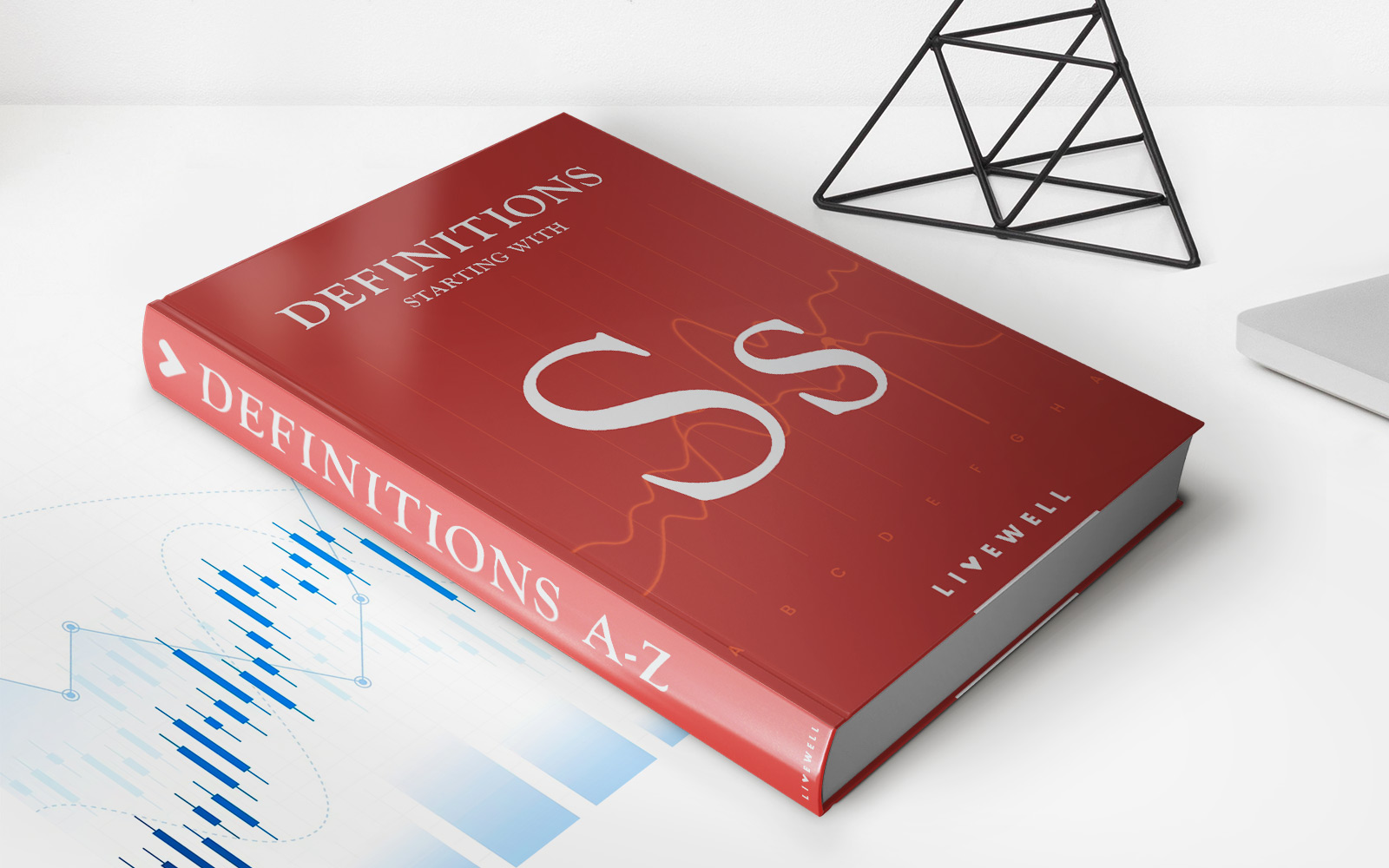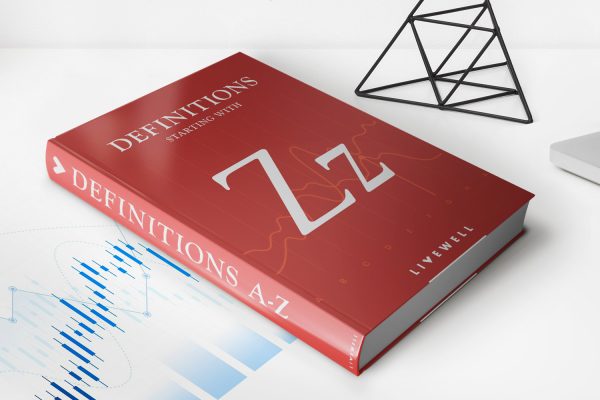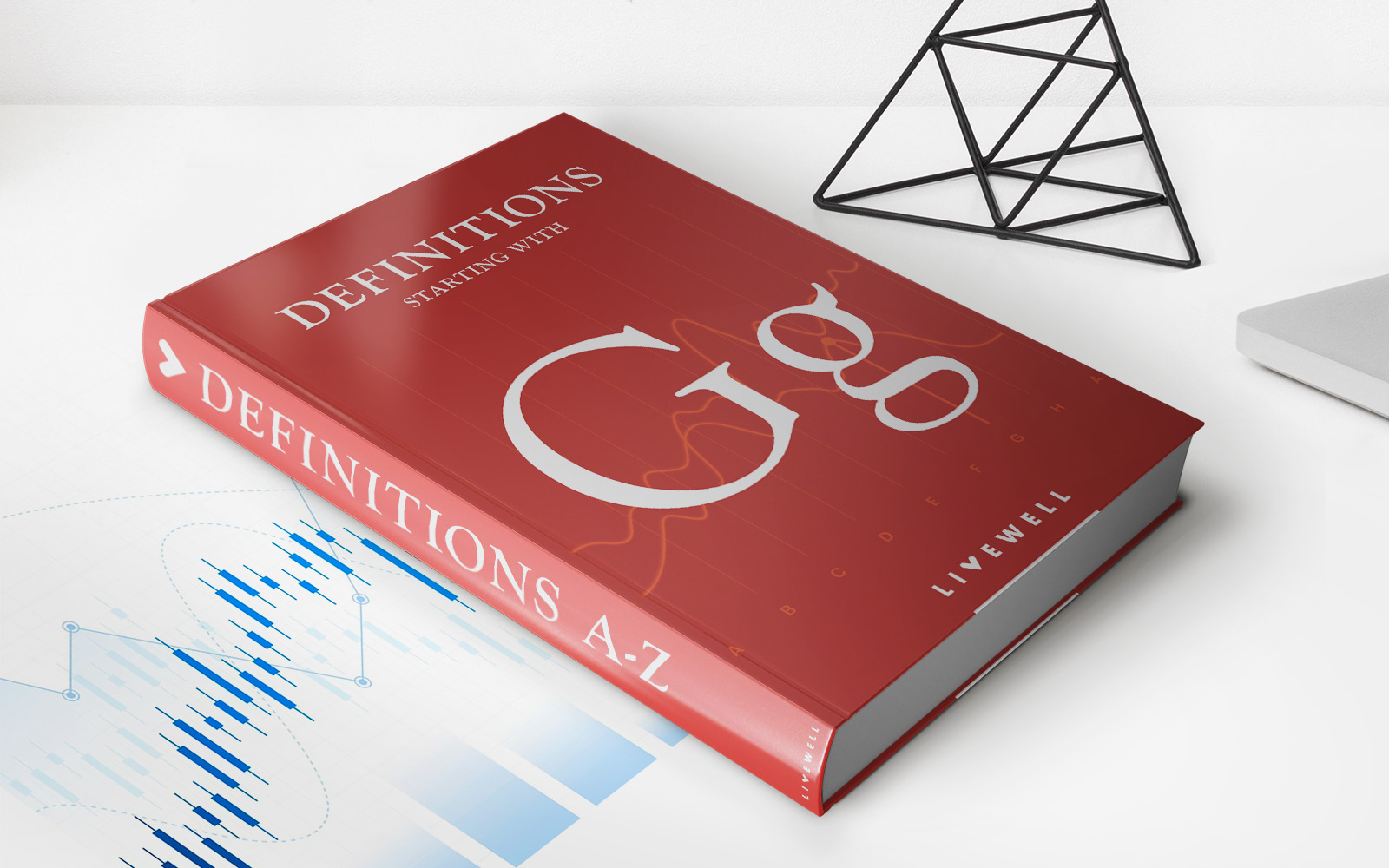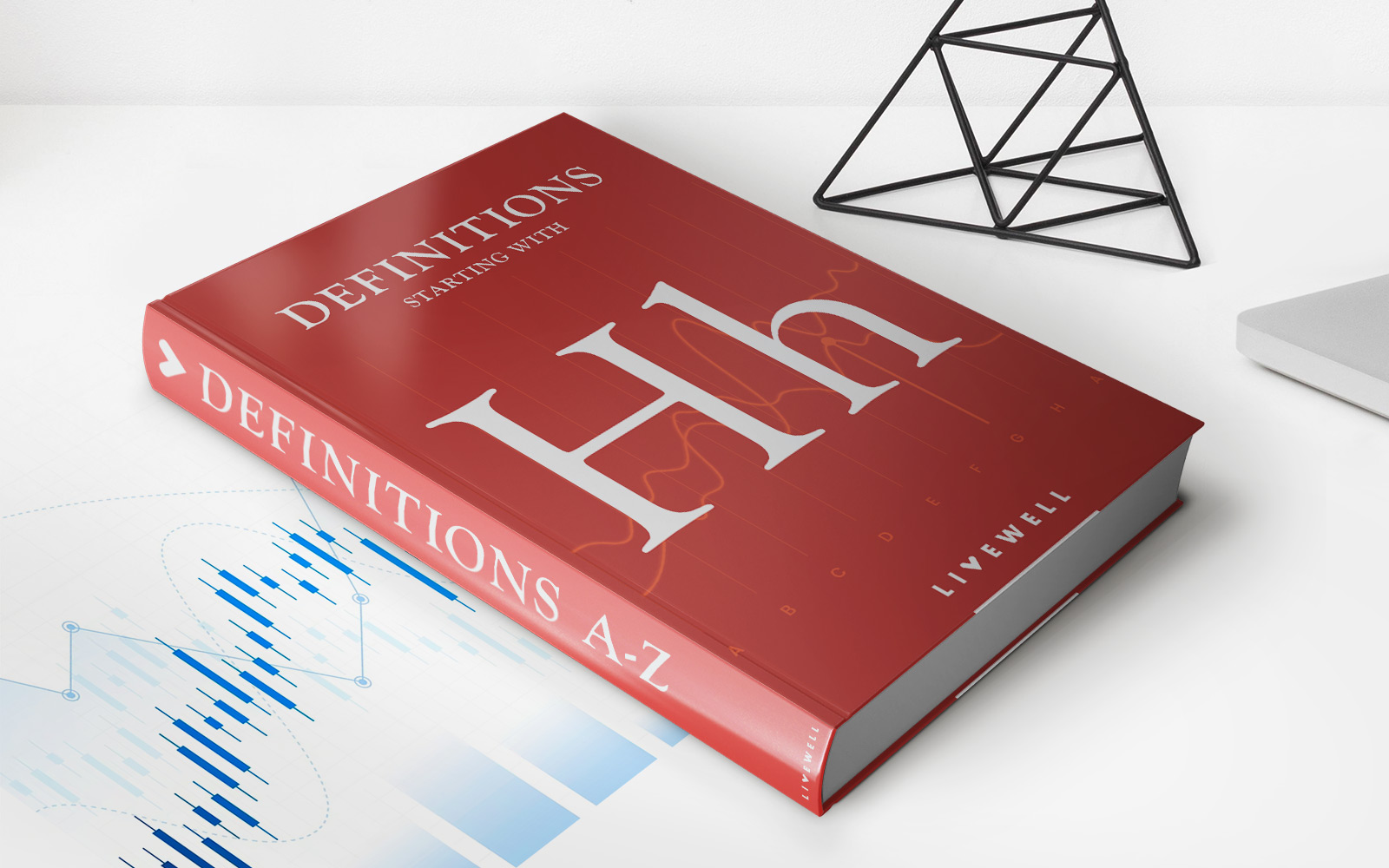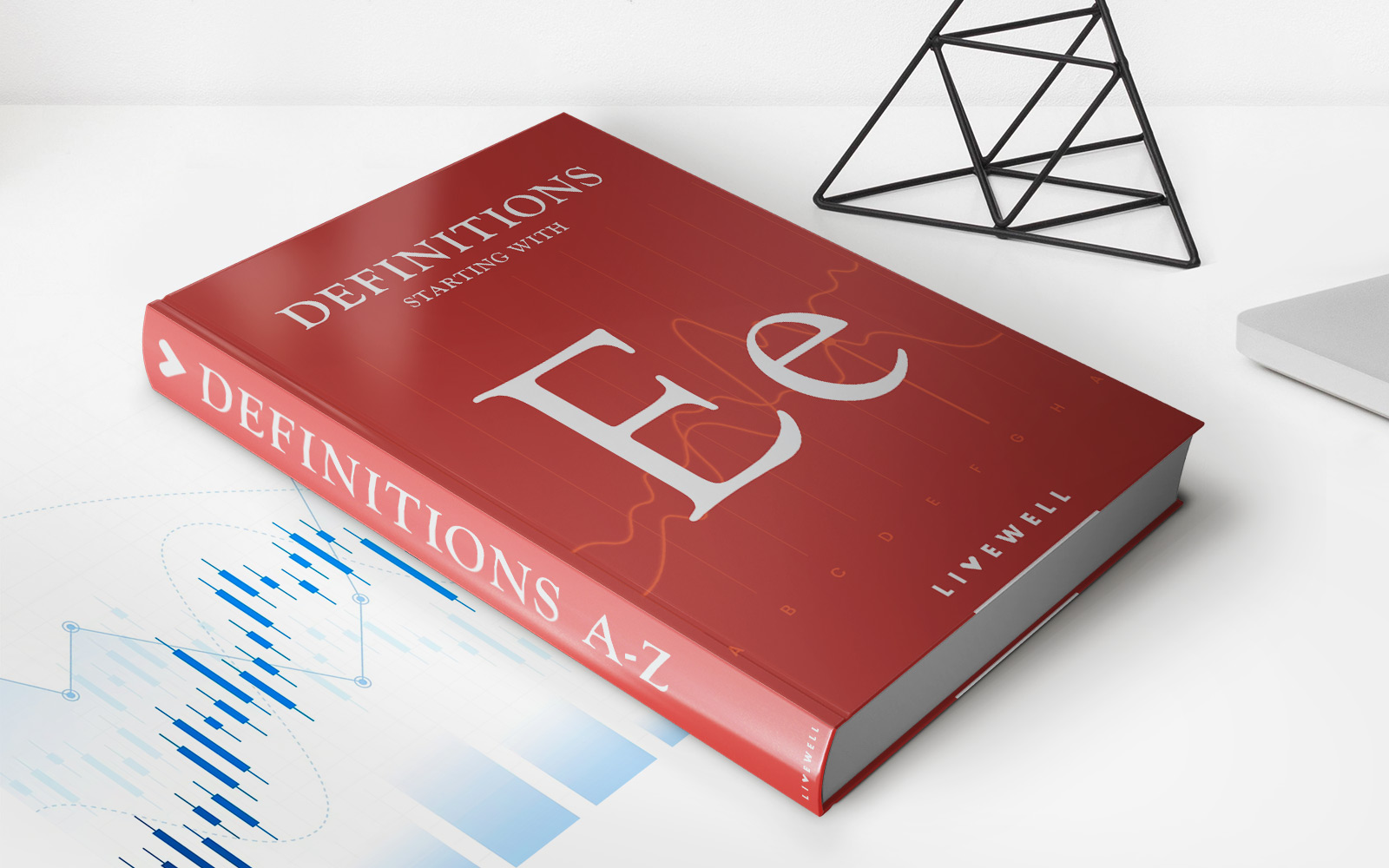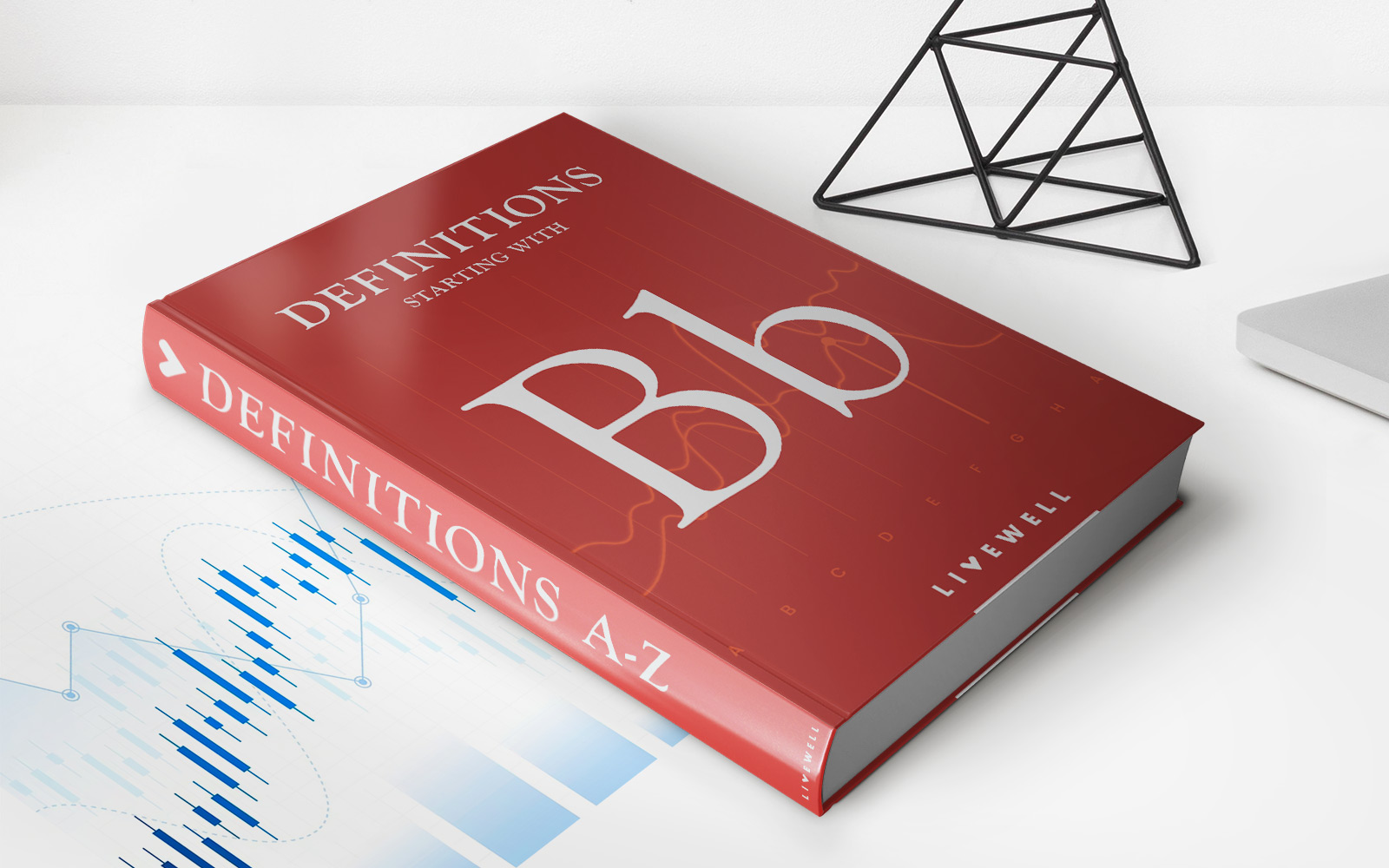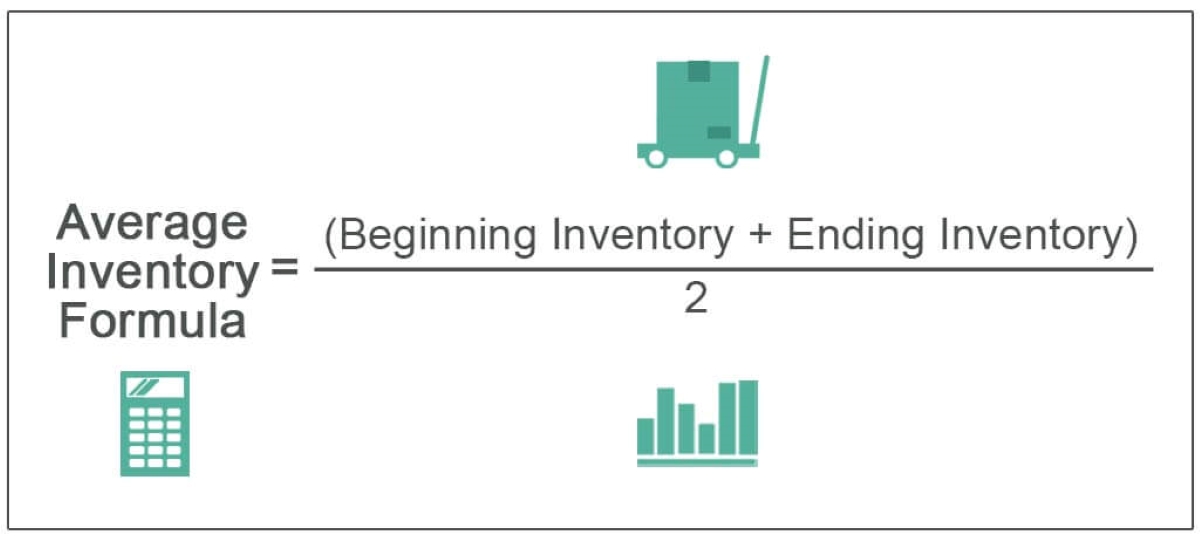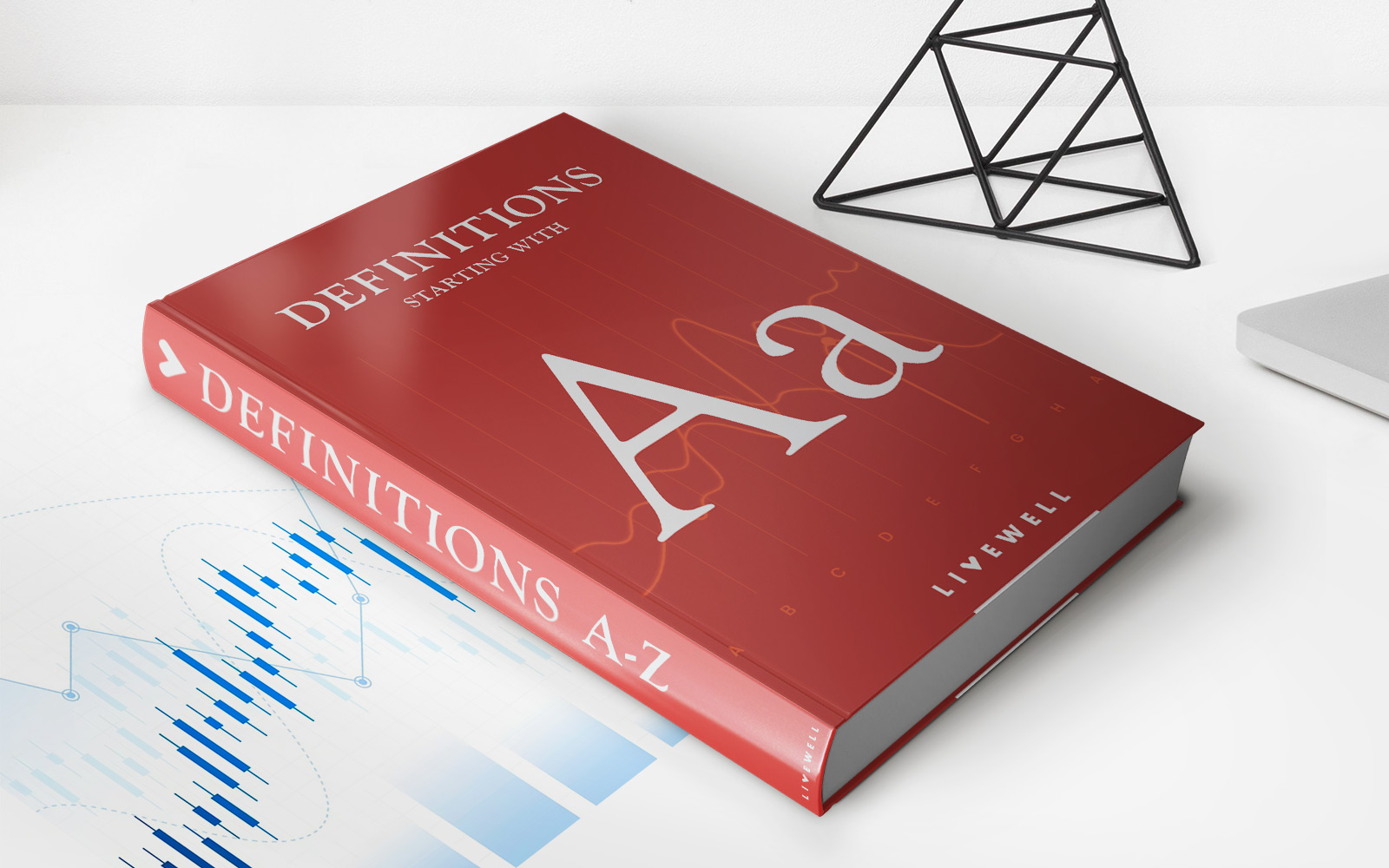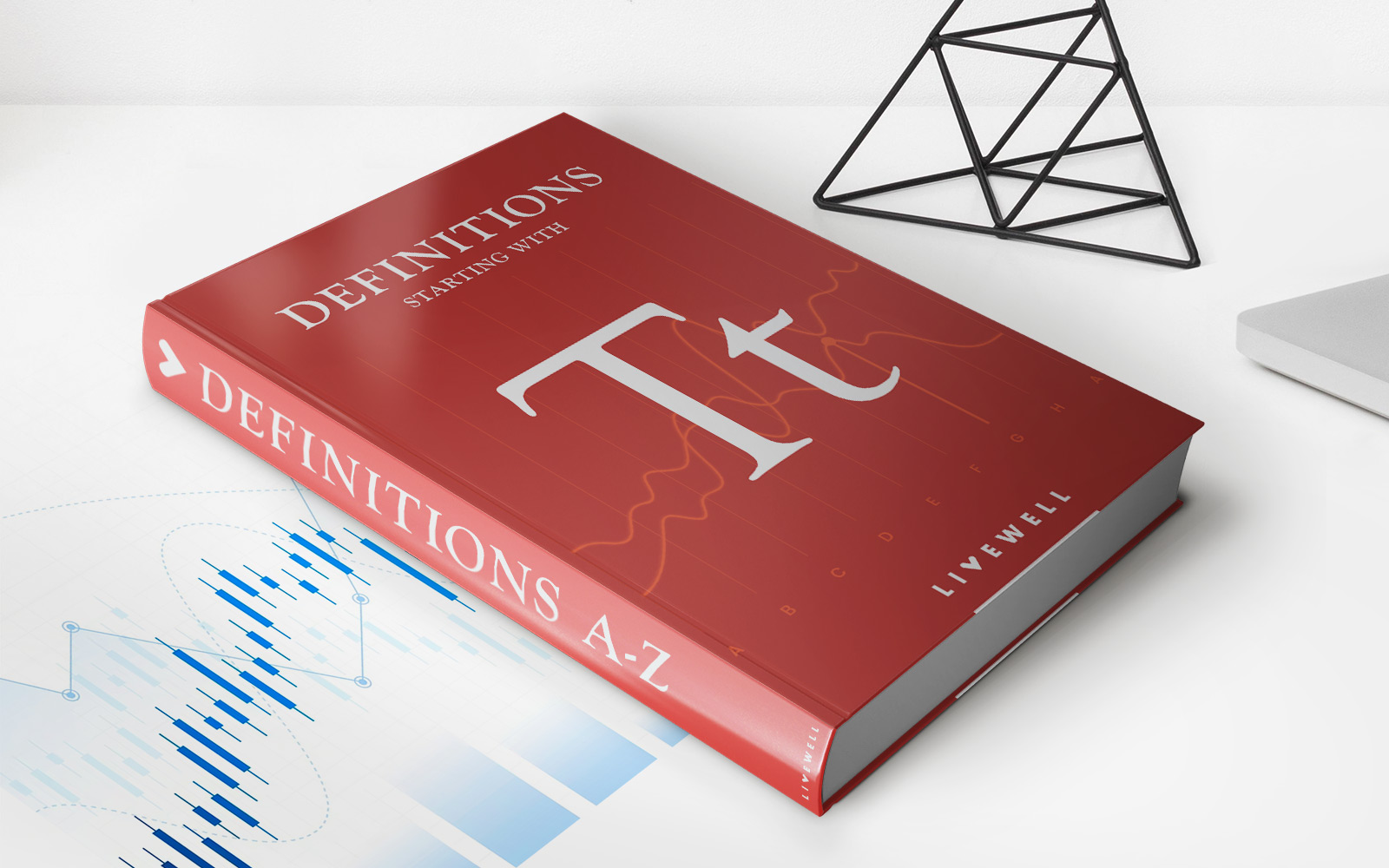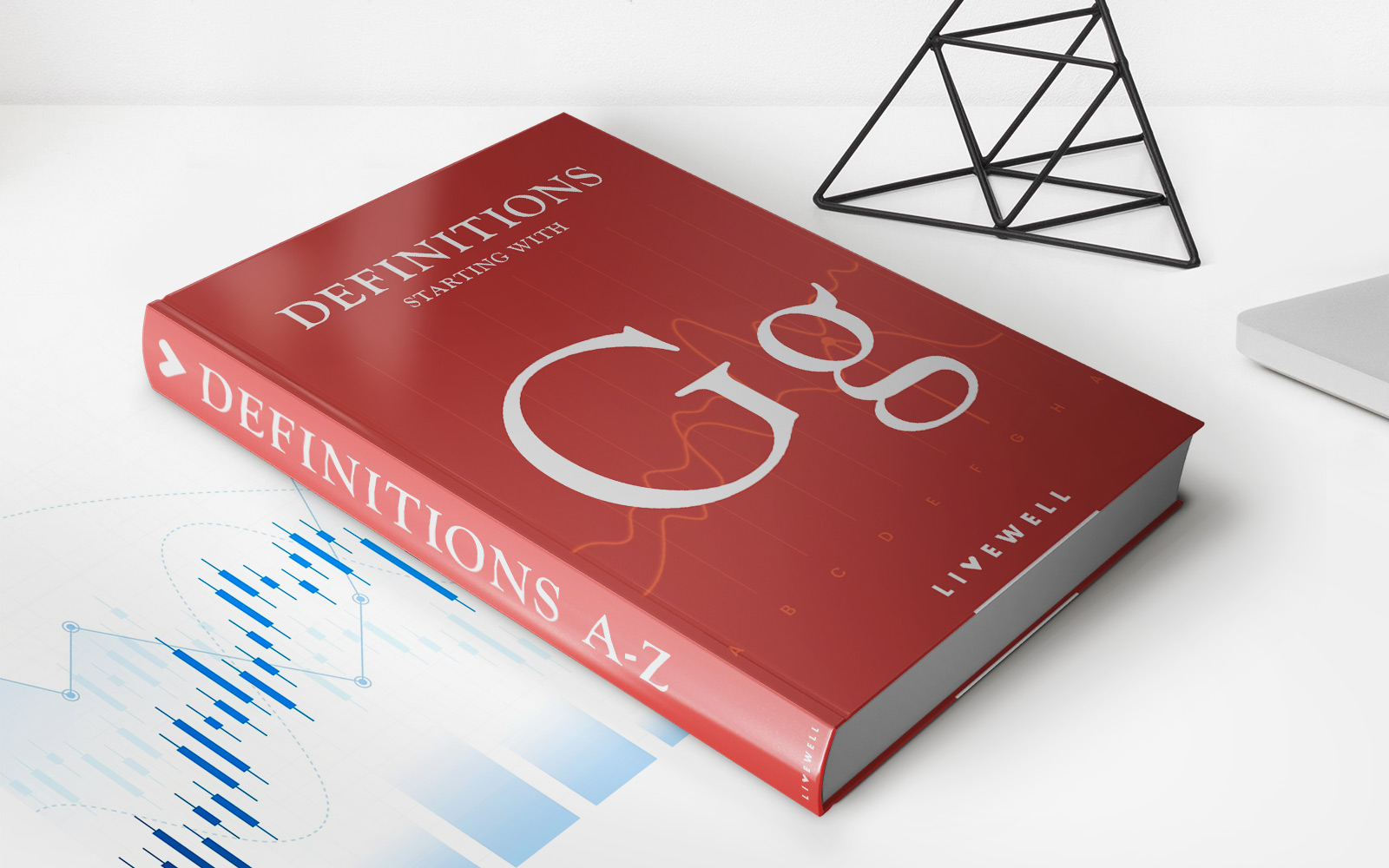

Finance
Gold/Silver Ratio Defined
Published: December 1, 2023
Learn about the gold/silver ratio in finance and understand its definition in the world of investments. Explore the relationship between these precious metals and maximize your financial insights.
(Many of the links in this article redirect to a specific reviewed product. Your purchase of these products through affiliate links helps to generate commission for LiveWell, at no extra cost. Learn more)
The Gold/Silver Ratio Defined: Understanding the Relationship Between Two Precious Metals
When it comes to investing in precious metals, gold and silver often take the spotlight. These two metals have a long-standing history of being regarded as stores of value and safe-haven assets. One important concept in the world of precious metals is the gold/silver ratio. But what exactly is the gold/silver ratio, and what does it mean for investors? In this article, we will dive into the definition of the gold/silver ratio and explore its significance in the finance world.
Key Takeaways:
- The gold/silver ratio represents the number of ounces of silver it takes to buy one ounce of gold.
- The ratio is influenced by various factors such as supply and demand, economic conditions, and investor sentiment.
The gold/silver ratio is a simple calculation that compares the price of gold to the price of silver. It represents the number of ounces of silver it takes to buy one ounce of gold. For example, if the ratio is 50, it means that it would take 50 ounces of silver to purchase one ounce of gold. The ratio can be calculated by dividing the current price of gold by the current price of silver. It is important to note that the gold/silver ratio is not fixed and can fluctuate over time.
So, why is the gold/silver ratio significant for investors? Here are a couple of key takeaways:
- Diversification: The gold/silver ratio can be used as a tool for diversification in precious metals investments. By owning both gold and silver, investors can potentially benefit from the different market dynamics that these metals exhibit. While gold is often seen as a hedge against inflation and a safe-haven asset, silver has additional industrial uses and can be influenced by factors such as supply and demand in various industries.
- Market Sentiment: The gold/silver ratio is also closely watched by investors as an indicator of market sentiment. When the ratio is high, it may suggest that gold is overvalued compared to silver, potentially indicating a stronger preference for gold. On the other hand, a low ratio could indicate that silver is relatively more attractive, potentially signaling a preference for silver in the market.
It is important to remember that the gold/silver ratio is just one factor to consider when investing in precious metals. Other factors such as individual financial goals, risk tolerance, and market conditions should also be taken into account.
In conclusion, the gold/silver ratio defines the relationship between the price of gold and silver. As an investor, understanding this ratio can help you diversify your precious metals portfolio and gain insights into market sentiment. Whether you are a seasoned investor or new to the world of finance, considering the gold/silver ratio in your investment decisions can be a valuable tool in navigating the complex world of precious metals.
